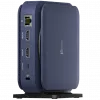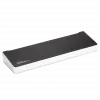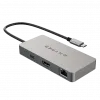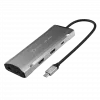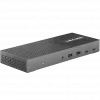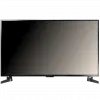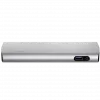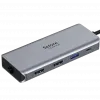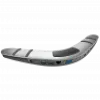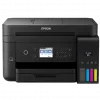100BASE-TX is the predominant form of Fast Ethernet, providing 100 Mbit/s Ethernet.
100BASE-TX runs over two pairs of wires in category 5 cable. Like 10BASE-T, the proper pairs are the orange and green pairs (canonical second and third pairs) in TIA/EIA-568-B's termination standards, T568A or T568B. These pairs use pins 1, 2, 3 and 6.
In T568A and T568B, wires are in the order 1, 2, 3, 6, 5, 4, 7, 8 on the modular jack at each end. The color-order would be green/white, green, orange/white, blue, blue/white, orange, brown/white, brown for T568A, and orange/white, orange, green/white, blue, blue/white, green, brown/white, brown for T568B.
Each network segment can have a maximum distance of 100 meters. In its typical configuration, 100BASE-TX uses one pair of twisted wires in each direction, providing 100 Mbit/s of throughput in each direction (full-duplex). See IEEE 802.3 for more details.
The configuration of 100BASE-TX networks is very similar to 10BASE-T. When used to build a local area network, the devices on the network (computers, printers etc.) are typically connected to a hub or switch, creating a star network. Alternatively it is possible to connect two devices directly using a crossover cable.
With 100BASE-TX hardware, the raw bits go through 4B5B binary encoding to generate a series of 0 and 1 bits clocked at 125 MHz; the 4B5B encoding provides DC equalization and spectrum shaping (see the standard for details). Just as in the 100BASE-FX case, the bits are then transferred to the physical medium attachment layer using NRZI encoding. However, 100BASE-TX introduces an additional, medium dependent sub-layer, which employs MLT-3 as a final encoding of the data stream before transmission. The procedure is borrowed from the ANSI X3.263 FDDI specifications, with minor discrepancies.
